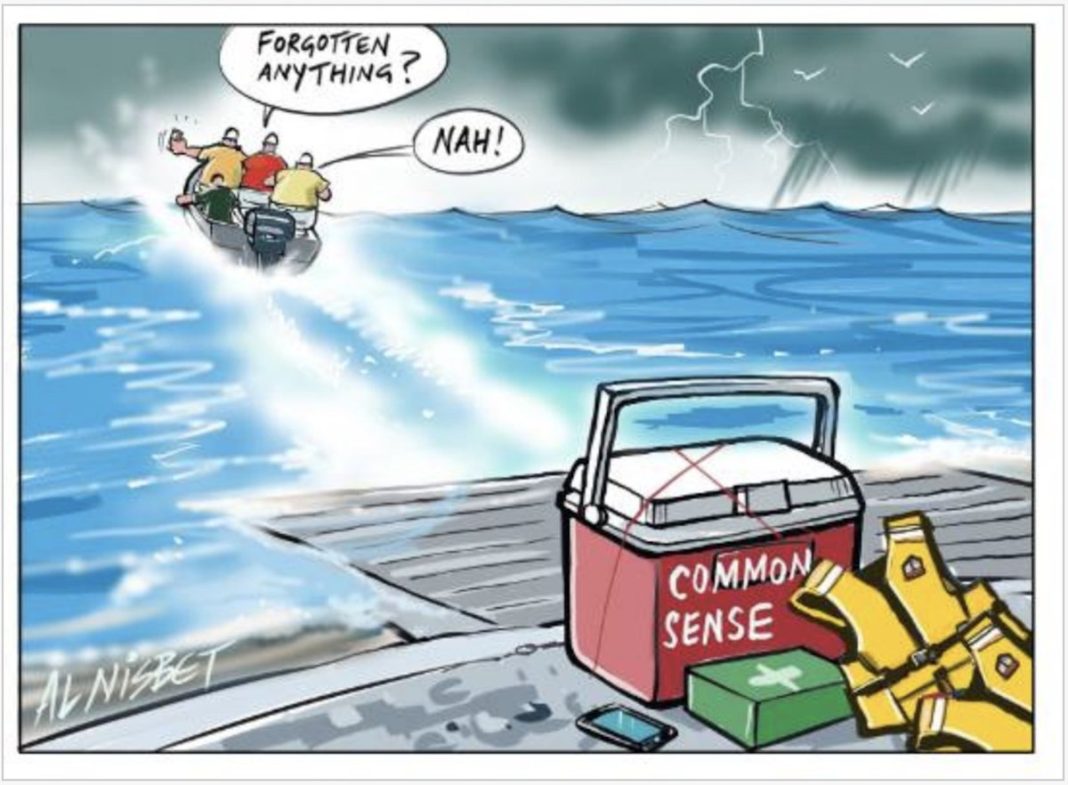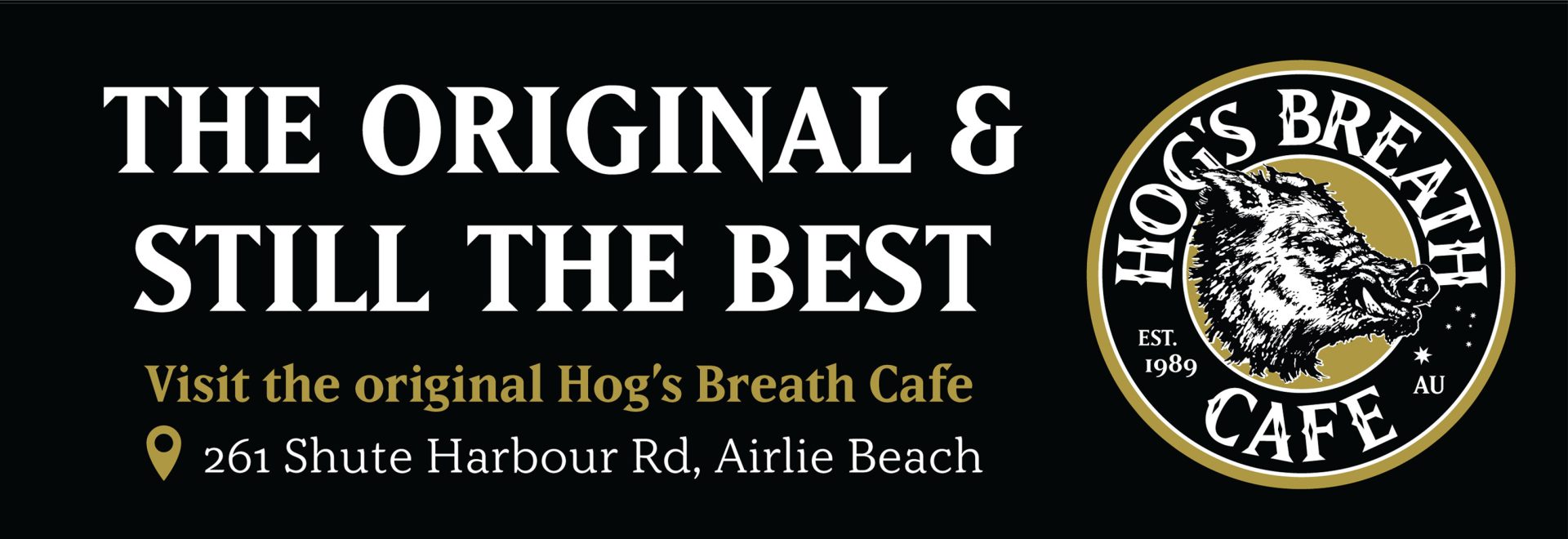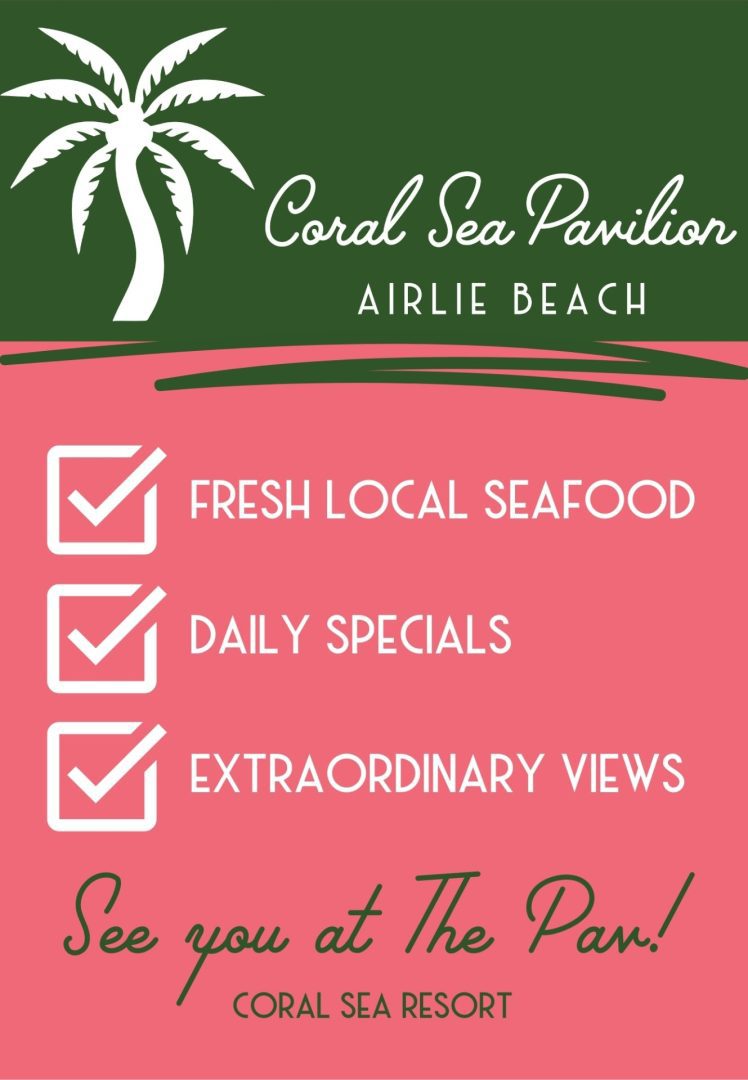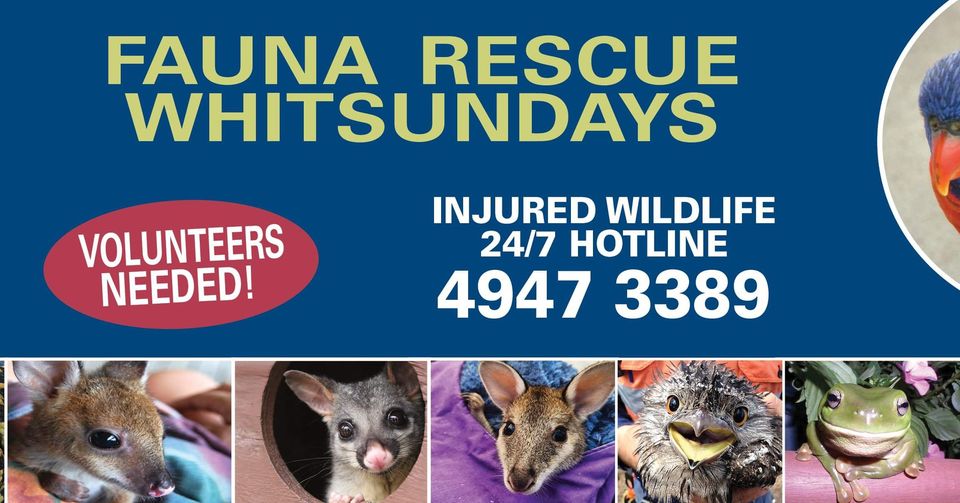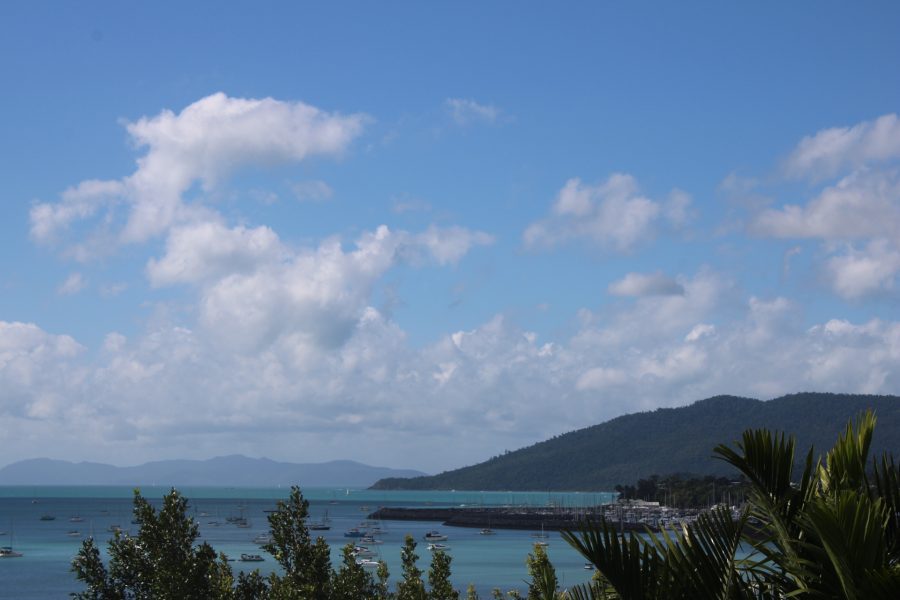By Volunteer Marine Rescue (VMR) Whitsundays.
THE KEY to safety in a small boat is preparation.
Always do all your normal pre-departure checks before leaving home, and again before leaving the boat ramp.
If you are towing a trailer any distance, you will need to have the trailer tyres (treads and pressures) and wheel bearings checked. Don’t just walk round and give the wheels a kick.
Ensure that the trailer lights work correctly and rig a tarp or net over the boat to keep everything safely inside the boat.
Clean out the fuel tank/s, filters and lines and fill with fresh fuel. Get the engine serviced regularly; double check the batteries and connections.
Carry at least basic spares and tools and know how to use them.
Especially check your normal safety gear (EPIRB, flares, life jackets, V-sheet, etc). Check the Marine Safety Queensland (MSQ) website if you are not sure what is required.
We strongly recommend the wearing of PFDs or lifejackets in smaller vessels – that simple step may save your life, as well as the lives of your passengers.
You must know where the lifejackets are stored, and how to put them on. That simple step may save your life in an emergency.
MSQ refers to ‘partially smooth waters’. In the Whitsundays, this includes the area from Bowen in the north to south of Midge Point (and generally one nautical mile beyond the main islands).
A Partially Smooth Waters map is available for download on the MSQ website.
For information on safety equipment and licensing regulations, you are advised to check with Maritime Safety Queensland (MSQ) for up-to-date and accurate information.
More detailed links can also be found on the BOATING page on our website http://vmrwhitsundays.com.au/boating-in-the-whitsundays/
We strongly encourage the use of VHF radio around the islands and further afield – the coverage is much better than a mobile phone.
If you do need to call for assistance, the boatie that might be in the next bay can hear you!
But you do need to know how to use your VHF – a common error is poor adjustment of the squelch control, effectively stopping you from hearing any transmissions.
The emergency channels are 16 and 67, and we have repeaters on Whitsunday Island (81) and Hayman (82). The repeaters are monitored during the day by the bareboat companies.
Make sure your anchor and rope are in good condition.
We recommend at least double the boat length of chain before the rope and remember that coral and rope don’t get on very well. You will need to use a scope of at least 4:1 (four times the depth).
Never, never, never, underestimate your fuel consumption. Take, as an absolute minimum, 25 per cent extra, 50 per cent would be safer, and take it every trip.
Always fill your tanks before you leave and, if you get back to the ramp with less than 25 per cent in your tank, you have got it wrong!
Always check the weather forecast and tides (they can be big in the Whitsundays) before you go, if you are in any doubt, don’t go out!
And make sure you tell someone where you are going, and when you will be back.
VMR Whitsundays membership is cheap insurance at just $90.
You can join online at https://vmrwhitsundays.com.au/join/ and your membership helps to keep us going in case you need us.
We hope you don’t, but we are here 24/7, 365 days a year, if you do.
Contributed by Volunteer Marine Rescue (VMR) Whitsundays.


